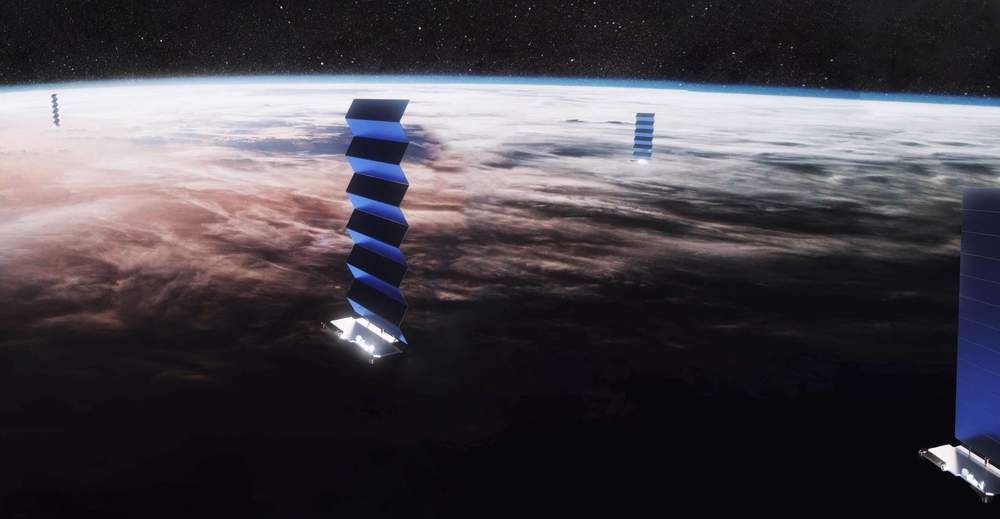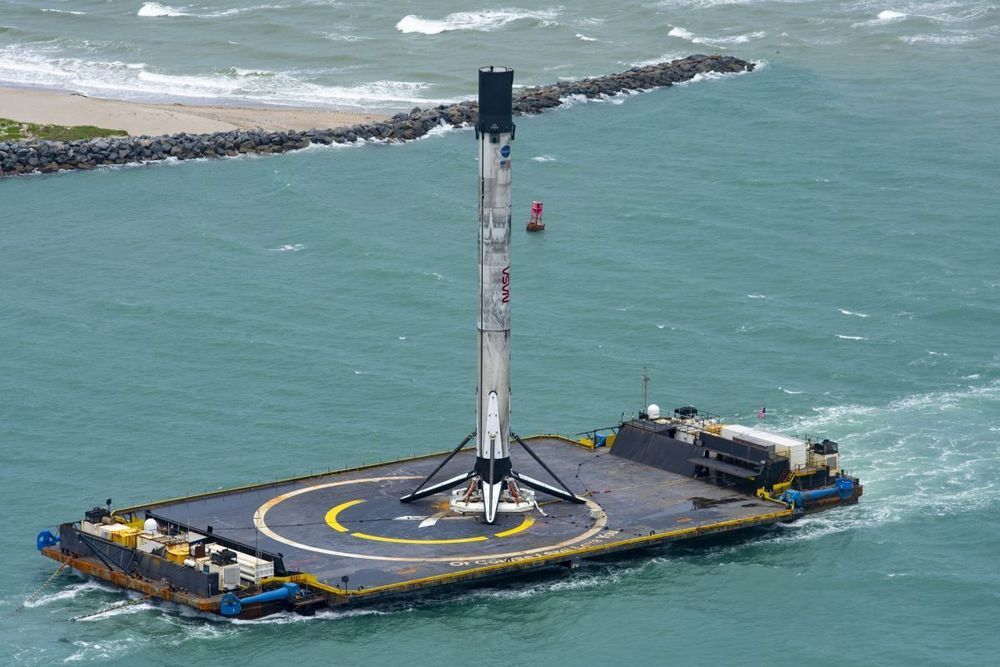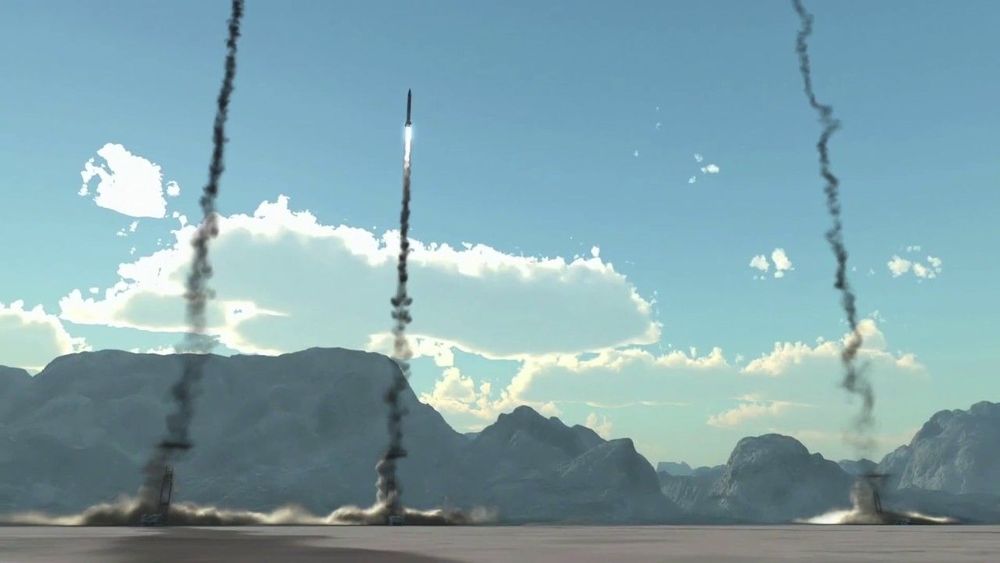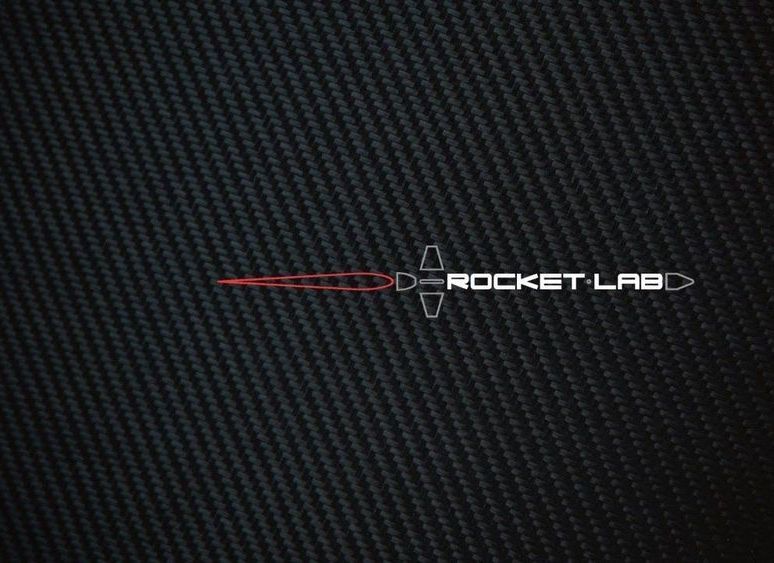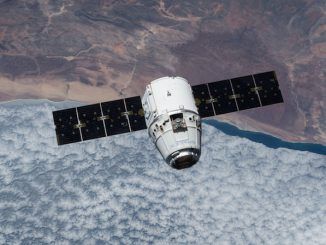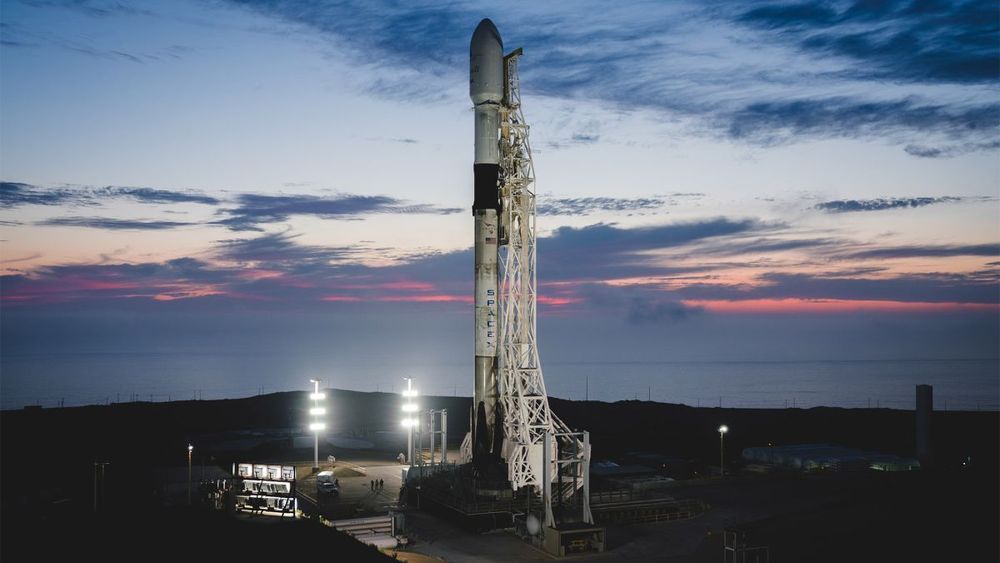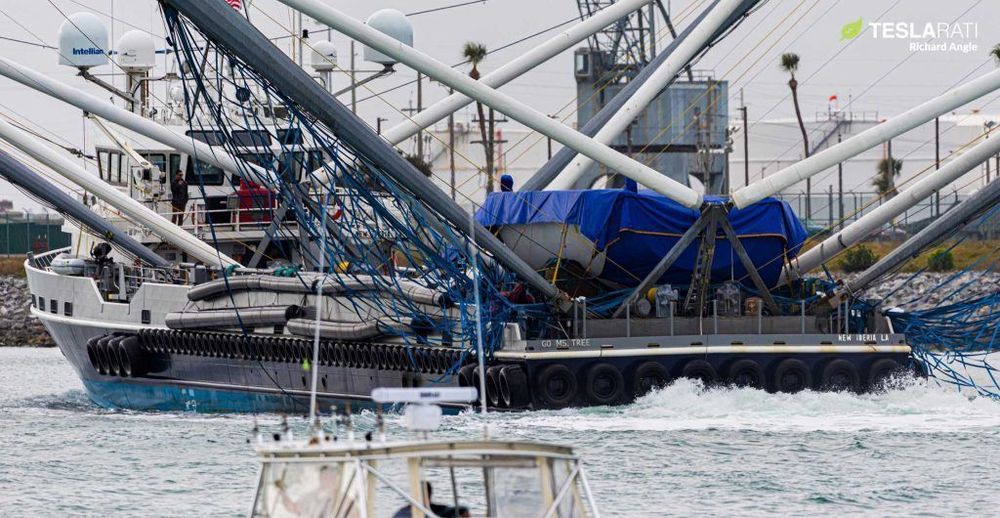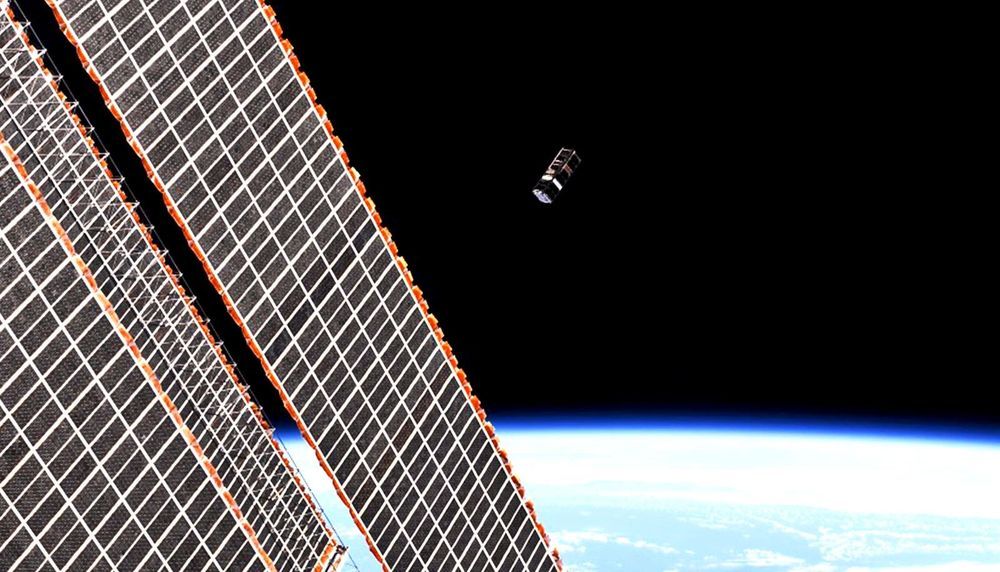Featured Image Source: SpaceX / FCC document.
SpaceX is in the process of building its Starlink broadband internet network that will offer service worldwide to fund future missions to the moon and Mars. The aerospace company has been deploying internet-beaming Starlink satellites into low Earth orbit. As of today, there is a total of 540 satellites in space, out of the 12,000 SpaceX plans to deploy. The next deployment of 57 satellites is scheduled for this month [date pending]. Company officials said 800 satellites will offer “moderate” internet coverage; 60 Starlink satellites can provide service to 40,000 customers streaming high-definition videos simultaneously. “With performance that far surpasses that of traditional satellite internet, and a global network unbounded by ground infrastructure limitations, Starlink will deliver high-speed broadband internet to locations where access has been unreliable, expensive, or completely unavailable,” the company website states.
